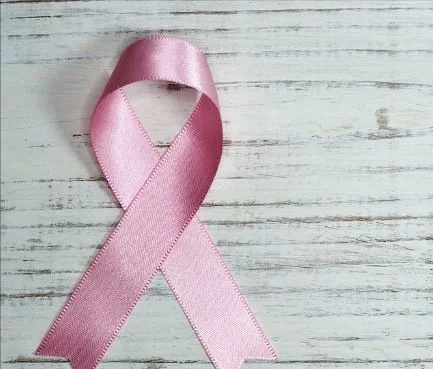Cancer
October 28, 2018
Bladder cancer Treatment
Bladder cancer Treatment
Uncontrolled growth of bladder cells is the cause of cancer. Depending on the level of cancer, the method of treatment. Chemotherapy is also used to cure cancer.
Due to no treatment at the right time, death can happen.
(Read more: what is cancer)
The bladder has cancer due to the uncontrolled growth of abnormal cells in the bladder. Its treatment depends on how aggressive your cancer appears in the microscope and this process is called tumour grade. Treatment of bladder cancer depends on the extent of cancer spread, how much tumour is spread, this is called tumour stage. Let's tell you about its medical practice.
Tumour grade
It is estimated from the tumour grade how fast the cancer is growing and how fast. If bladder cancer grows rapidly, then it is classified as high grade and has a high potential for spread and if it is not treated at a time, it can also cause death. For the treatment of high-grade cancer, chemotherapy, radiation or surgery is required.
Low-grade cancer grows very slowly and there is a possibility of up to 10 per cent of high-grade cancer. In most people, low-grade cancer does not behave like real cancer.
In other words, bladder cancer is considered to be of two types:
Low-grade cancer high-grade cancer
A low-grade tumour is likely to happen again and if this happens then it is necessary to eliminate a tumour from the root. Such cancers cause death factors in very rare cases. In this case, it is not necessary to resort to aggressive treatment like radiation, chemotherapy, bladder removal.
But if carcinoma is found on where it grows there. If this type of cancer is found on the outer surface of the external bladder, chemotherapy is required in the immune modulating agent like BCG vaccine or bladder.
Tumour stage
The tumour stage is the stage that depends on three factors:
A tumour is just in the wall of the bladder or in the muscles of the blender or in the surrounding tissues or around the pelvic organ.
Is cancer spread around the lymph nodes?
Is cancer spread to other parts of the body.
The methods of cancer treatment also depend on the state of cancer:
(Read more: what is bladder cancer)
Superficial tumour/ a surface tumour
Superficial tumours are those cancers that are just on the lamination of the bladder. Such tumours are low-grade tumours and are treated by a cystoscope with a device called transurethral respiration (T URBT). In this process, the therapist uses either a small lump of a tumour to remove a tumour or burns a tumour from the electric current and this process is called fulguration.
After transurethral reactions, some high-risk patients, patients with high-grade tumours or low-grade tumours, have to carry medicines inside the bladder and this therapy is also called intravenous therapy. It is used in any of the following drugs: Basil colleen green, also called bcg (passes, this, tice, BCG), thiotepa, mitomycin (mitomycin), interferon or dachereubicin (Adaremysin, rubecum).
Introversion therapy reduces the risk of recurrence of cancer and reduces the risk of cancer becoming more dangerous.
Medical options for tumours of superficial high degree are little less because it is likely to occur again after transurethral respiration and intravascular therapy. When the high degree superficial tumour is more than once or twice, then more physicians recommend bladder removal by treating bladder. This is a major operation. High-quality patients with other medical problems are treated by their medical radiation or intravenous chemotherapy.
Amazing fact the human body







